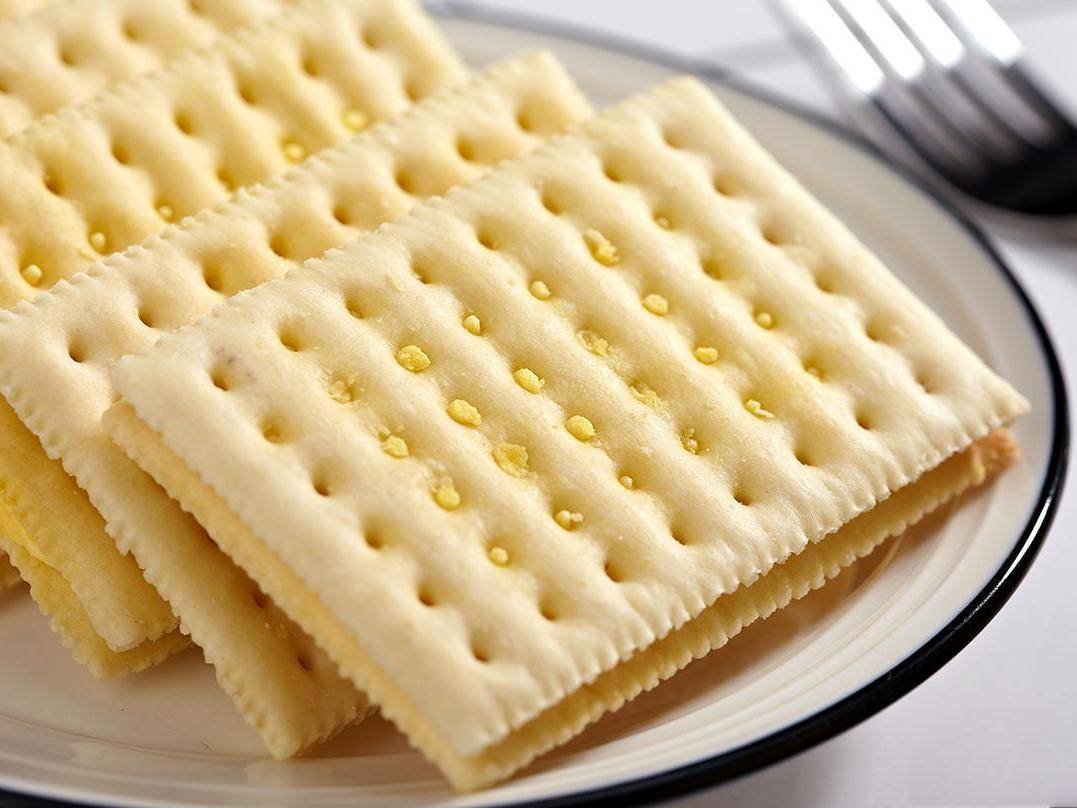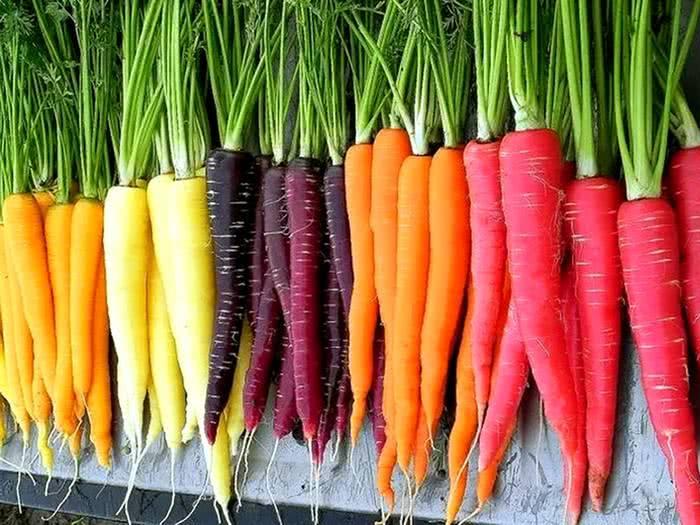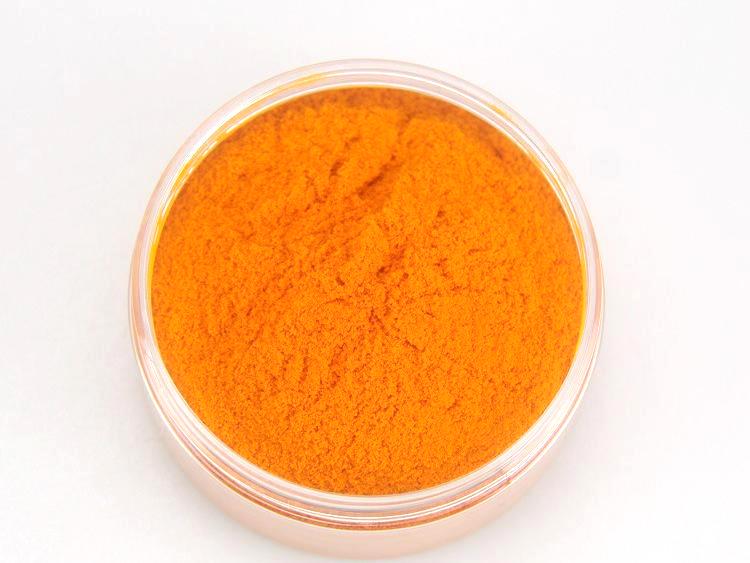How to Extract Beta Carotene Powder from Fresh Spirulina?
Beta-carotene powder is one of the natural pigments that can be used as a coloring agent in the manufacture of foods such as beverages. Beta-carotene can be converted into vitamin A in the human body, so it can treat night blindness. In addition, it has strong antioxidant properties, which can be used in the treatment of diabetes, and naturally occurring β-carotene does not accumulate toxicity. Fresh spirulina has a high β-carotene content of around 700-1700mg/kg, so β-carotene can be extracted from fresh seaweed.
1 Functions of β-carotene
Beta-carotene powder can improve the body's immune system and enhance resistance to disease. It mainly has the following functions.
First, beta-carotene is the main source of vitamin A, which is formed after metabolic conversion in the body. During the conversion process, if there is sufficient beta-carotene in the body, it will inhibit the conversion, which can prevent the body from producing too much beta-carotene.
Second, β-carotene powder has antioxidant properties, which can eliminate free radicals in the body's metabolism and control the level of peroxidation. Free radicals are chemically active and contain unpaired electrons. In the normal metabolic process, organisms also produce a large number of free radicals. If they cannot be metabolized and disposed of in time, they will accumulate in cells, leading to premature aging and other phenomena.
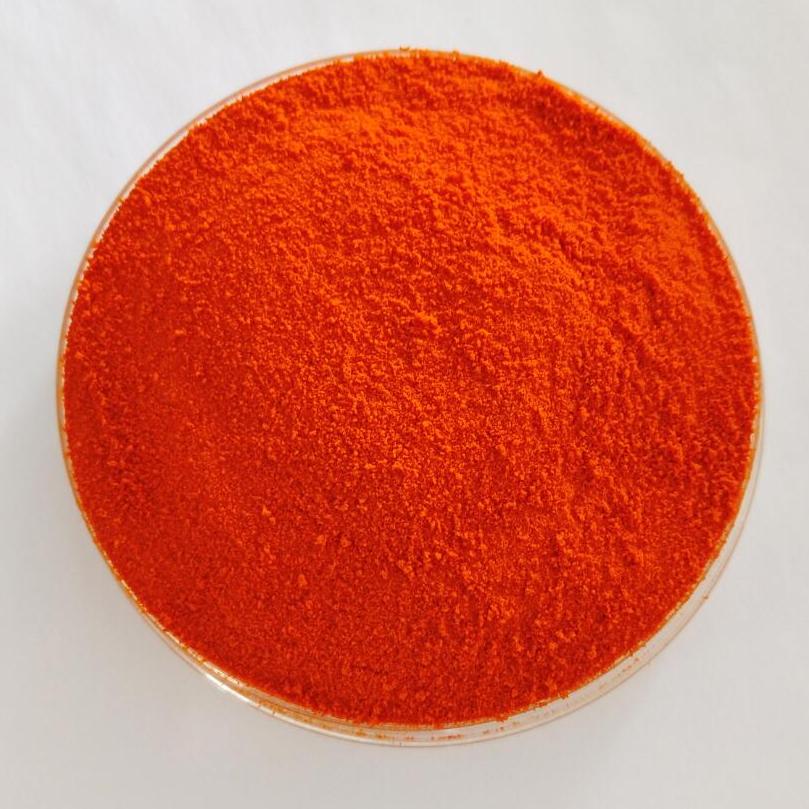
The main reason is that free radicals interact with amino acids, lipids, etc., causing mutations and even cell death. The cell's nucleic acids, proteins, and cell membranes are severely damaged. Beta-carotene contains a large number of double bonds, so it can irreversibly react with free radicals to form carbon-core free radicals. It is highly stable and, when combined with oxygen, produces peroxide radicals. This reaction is reversible and closely linked to the oxygen concentration. If the oxygen partial pressure decreases, the reaction between the carbon nucleus radical and oxygen is inhibited; conversely, if the oxygen partial pressure increases, the reaction forms a more stable carbon nucleus radical, reducing the concentration of peroxide radicals in the body.
Currently, β-carotene is abundant in spirulina, which is a low-level autotrophic organism that can be used in bioremediation, nitrification, and carbon dioxide fixation. Spirulina is rich in protein and various amino acids, as well as vitamins and minerals, and has been widely used in nutritional supplements in recent years. Currently, the spirulina on the market is mainly spirulina powder, which is dried fresh spirulina. This processing method results in the loss of β-carotene, so in order to extract β-carotene, fresh spirulina needs to be used to ensure the final extraction effect.
2 β-Carotene extraction process from fresh spirulina
2.1 Materials and methods
2.1.1 Equipment
Electronic balance, ultrasonic oscillator, thermostat water bath, etc.; materials: fresh spirulina, anhydrous ethanol, ethyl acetate, acetone, β-carotene standard, etc.
2.1.2 Method
First, in terms of the extraction agent and wavelength selection, a certain amount of β-carotene standard was dissolved in petroleum ether, and a full-wavelength scan was performed using a violet-visible spectrophotometer within the wavelength range of 200–850 nm. This operation can determine the characteristic absorption peak of β-carotene. Regarding the choice of extraction agent, anhydrous ethanol, ethyl acetate and acetone were used as extraction agents, and the samples were extracted for four hours each. The scanning was completed using a UV spectrophotometer, and the wavelengths were compared with the control group to determine whether the extraction was successful. Next, a β-carotene standard curve was drawn. First, prepare a β-carotene standard solution, use petroleum ether as the blank volume, measure the absorbance at 450 nm, draw the corresponding standard curve, and calculate the linear regression equation. Finally, determine the moisture content of fresh spirulina. Select the appropriate amount of fresh spirulina, wash and filter it, place it in a petri dish, dry it in an 80°C vacuum oven, and grind it into spirulina powder. The moisture content is determined by drying, and the calculation formula is: W = m1 - m2/m1 - m3 x 100.
2.2 Extraction method
2.2.1 Determination of ultrasonic time
Weigh 0.5 g of fresh spirulina, add about 10 ml of extraction agent, and sonicate with an ultrasonic oscillator at 200 W for 0.5, 10, 15, and 20 minutes, respectively. Place in a 35 °C constant temperature water bath to complete heating for for about 4 hours. Centrifuge the supernatant to determine the volume. Measure the absorbance of the β-carotene in a 25 ml brown volumetric flask.
Ultrasonic waves have a cavitation effect, which destroys the structure of the cell membrane of plants using shock waves. Under these conditions, the cell walls and cell membranes of plants break down, and the active ingredients in the cells dissolve. At the same time, the dissolution of β-carotene is closely related to the heat generated by ultrasonic waves. Generally, the higher the temperature, the higher the dissolution of β-carotene. Therefore, ultrasonic extraction can greatly shorten the extraction time and improve the efficiency of β-carotene extraction. Compared with the microwave-assisted method, ultrasonic processing is optimal under the conditions of a power of 40 KHZ, a liquid-to-solid ratio of 10.6:1, and an extraction time of 6 minutes, with a final extraction rate of 97.4%. Ultrasonic processing has the advantages of short processing time and convenient operation, and is currently being effectively used in the extraction of β-carotene from spirulina [1].
2.2.2 Determine the volume of the extraction agent
Weigh 0.5 g of fresh spirulina mud, add 5 ml, 10 ml, 15 ml, 20 ml, and 25 ml of the extraction agent, sonicate for 10 minutes, place in a 35 °C constant temperature water bath, and heat for 4 hours. After centrifugation, the supernatant was selected, the volume was fixed at 25 ml in a brown volumetric flask, and the absorbance of β-carotene was measured again.
2.2.3 Determine the extraction temperature
Select 0.5 g of fresh spirulina algaemulch, add 10 ml of extraction solution, sonicate for about 10 minutes, place in a horizontal water bath at temperatures of 20 °C, 30 °C, 40 °C, 50 °C, and 60 °C for 4 hours, centrifuge, select the supernatant, and dilute to 20 ml in a brown volumetric flask. Measure the absorbance of β-carotene.
2.2.4 Determine the extraction time
Weigh 0.5 g of fresh spirulina algaemulch, place it in 10 ml of extraction solution, sonicate for 10 minutes, and heat in a 35 °C water bath. and the heating time was 4h, 6h, 8h, 10h, and 12h, respectively. Centrifuge the supernatant and transfer the extract to a 25ml brown volumetric flask. Complete the β-carotene absorbance test [2].
2.3 Orthogonal experiment
Using the L9 (34) orthogonal test table, petroleum ether was selected as the extraction agent, and the ultrasonic time, extraction agent volume, extraction temperature and extraction time were used as factors, with each factor corresponding to three levels, as shown in Table 1.
3 Spirulina β-carotene content determination
In the determination of β-carotene content in spirulina, weigh 0.5 g of fresh spirulina puree and 0.1 g of spirulina powder. Under the optimal conditions obtained from the orthogonal test, complete the β-carotene extraction test. Use a UV spectrophotometer to measure the absorbance of the sample and substitute it into the linear regression equation to calculate the β-carotene content [3].
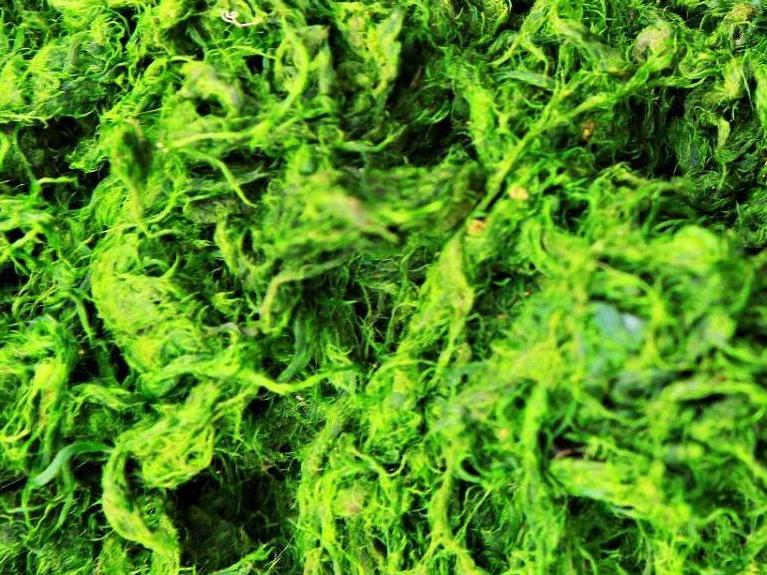
3.1 Statistical method
A single-factor test was used to analyse the relationship between the ultrasonic time, extraction agent volume, extraction temperature and immersion temperature in the extraction of β-carotene and their effect on β-carotene extraction. EXCEL charts were used to describe the statistics, and an orthogonal test was used to optimise the β-carotene extraction method. During the calculation of the results, a standard curve was plotted first, and then a linear regression analysis was performed to calculate the sample content using the regression equation.
3.2 Analysis of results
3.2.1 Absorption spectrum of β-carotene
Analysis of the absorption spectrum of β-carotene in the range of 200-850nm, the absorption at 450nm and 480nm is relatively large, and the absorption at 450nm is the highest, which is the absorption peak of β-carotene. Therefore, 450 nm was used as the β-carotene measurement wavelength in the experiment.
3.2.2 Selection of extraction agent
Fresh spirulina β-carotene was used as the analysis object in different extraction agents, and a full-wavelength scan was also performed. It can be seen from the scan results that the maximum absorption value in the case of a full-wavelength scan is 437 nm, and in some cases, the absorption peak disappears at 450 nm. Under the condition of using petroleum ether as the extraction agent, the maximum absorption value of the full wavelength scan is 450 nm, and the stability is relatively high, so petroleum ether can be used as the experimental extraction agent [4].
3.2.3 Preparation of standard curve
As shown in Figure 1, it can be seen from the figure that within the concentration range of 0-3μg/ml, β-carotene has a good linearity, and the linear regression equation is A=0.2321C-0.0006R2=0.9996.
3.2.3 Determination of water content in fresh spirulina
Calculations show that the moisture content of fresh spirulina is above 80%, the moisture content after drying is 5.44%, and the moisture content of spirulina powder is less than 7%, which is consistent with the provisions of China's food standards [5].
3.3 Optimization measures for extraction methods
3.3.1 The influence of ultrasonic time factor
Ultrasonic processing can increase the extraction of β-carotene, and the rate of increase slows after 10 minutes, as shown in Table 2.
3.3.2 Effect of the volume of the extraction agent
There is a certain relationship between the β-carotene content in fresh spirulina and the volume of the extraction agent. When the volume of the extraction agent increases, β-carotene first increases and then decreases. When the volume is 15 ml, the water content is at its highest value of 64.72 mg/100 g. When the volume is above 15 ml, the content gradually decreases. From this, it can be seen that the volume of the extraction agent will affect the content of β-carotene extracted. As shown in Table 3.
3.3.3 Effect of extraction temperature
In fresh spirulina, as the temperature rises, β-carotene first increases and then decreases. The best β-carotene extraction effect is 64.80 mg/100 g at 40 °C, so in actual extraction, 40 °C is used as the extraction temperature [6], as shown in Table 4.
Among the above influencing factors, the effect of ultrasonic time > extraction temperature > extraction time > extraction agent volume. Comprehensive analysis shows that the optimal extraction process for β-carotene in fresh spirulina is 20 minutes of ultrasonic time, 15 ml of petroleum ether, 35 ℃ extraction temperature, and 10 hours of extraction time. Under the above conditions, weigh 0.5 g of fresh spirulina, using 15ml of petroleum ether, ultrasonic for 20 minutes, extract at 35℃ for 10 hours, measure the absorbance of the sample at a wavelength of 450nm, and calculate the β-carotene content. The final β-carotene content of fresh spirulina is 177.95mg/100g.
Beta-carotene has high application value, so the effective extraction of beta-carotene can promote the development of various fields. For example, beta-carotene can resist tumors, especially gastric cancer, breast cancer, colon cancer and other diseases, and has a significant inhibitory effect. In addition, β-carotene can also improve the body's immune system. After a certain amount of β-carotene is provided daily to HIV patients, the total number of white blood cells and the number of T cells in the patients increase significantly after one month. T lymphocytes and B lymphocytes play a decisive role in the body's immune system, so β-carotene plays an auxiliary role in the treatment of AIDS. In addition, β-carotene can enhance the activity of B cells, promote the circulation of B cells, and promptly eliminate pathogens that enter the body, thereby enhancing the body's immune system. This shows the important value of improving the extraction efficiency of β-carotene [7].
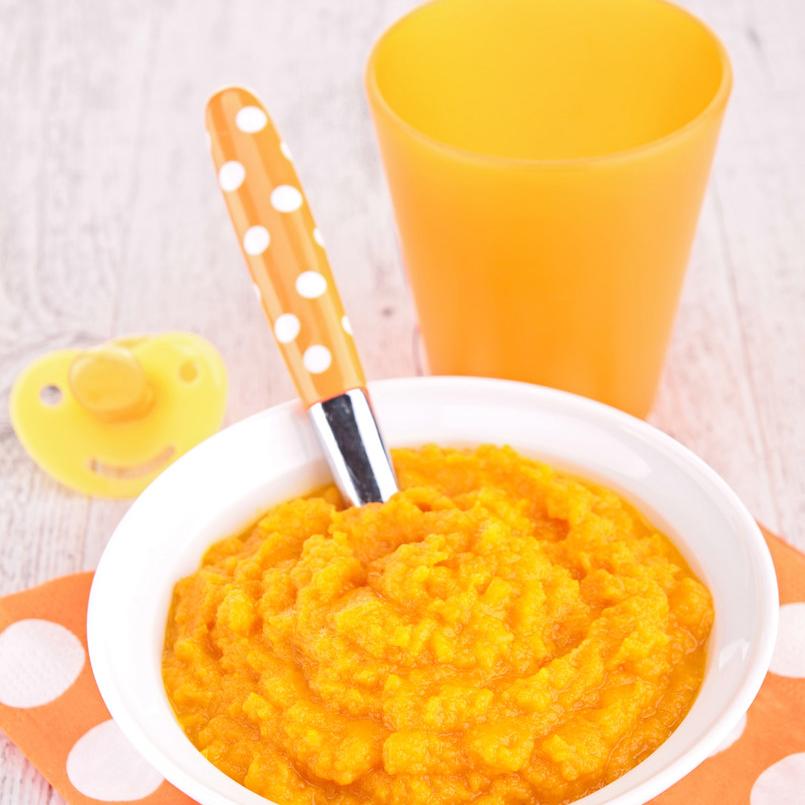
Currently, there is a wide range of choices for the extraction solvent in β-carotene extraction. The above analysis shows that acetone, chloroform, ethanol and ethyl acetate will have a negative impact on the extraction of β-carotene, so a single solvent is selected for actual extraction. The occasional disappearance of the absorption peak in β-carotene extraction may be due to β-carotene shift or mixed solvents, which requires further in-depth analysis. In this experiment, the main methods used for β-carotene determination were paper chromatography, thin layer chromatography, column chromatography, and spectrophotometry. This experiment selected spectrophotometry to complete the β-carotene extraction. This method is less difficult to use in practice and has the advantages of being convenient and efficient. The optimal extraction process for β-carotene from fresh spirulina was determined using an orthogonal test method, with petroleum ether as the extraction solvent. According to the actual research, it can be seen that the amount of β-carotene extracted from fresh spirulina is significantly higher than that from spirulina powder, so fresh spirulina can be used in adjuvant therapy. Since this experiment focused on fresh spirulina, the toxicity of the extraction agent was not analyzed. If it is to be used in practice after β-carotene extraction, the solvent should be adjusted [8].
4 Conclusion
In summary, fresh spirulina is rich in β-carotene, which is significantly higher than spirulina powder. Therefore, fresh spirulina is often selected as the extraction object. To ensure the final extraction effect, it is necessary to determine the optimal conditions for ultrasonic time, extraction temperature, leaching temperature, and extraction agent lifting, etc., starting from the extraction method, to ensure that β-carotene is in the optimal extraction environment according to the actual situation, and to maximize the extraction efficiency, so as to provide conditions for the efficient extraction of β-carotene from fresh spirulina in the future.
References
[1] Zheng Qianqian, Wang Xiaofang, Lu Lijuan. Determination of lutein and β-carotene content in silkworm excrement and optimization of extraction conditions [J]. Food and Drugs, 2022, 24(02): 127-132.
[2] Hu Haojie, Tian Shuangqi, Zhao Renyong. Research progress on the extraction of active substances from new resource edible microalgae and their application in food [J]. Food Industry Technology, 2022, 43(02): 390-396.
[3] He Mingxia, Lin Yuanchuan, Huang Junchao. Supercritical carbon dioxide extraction of astaxanthin from genetically modified tomato fruits [J]. China Food Additives, 2021, 32(03): 28-32.
[4] Wang Siliu, Xie Wenli. Research on the extraction method and process conditions optimization of carotenoids in red peppers [J]. Agricultural Products Processing, 2020, (21): 39-41+48.
[5] Tu Kaifeng, Yu Xiuliang, Pan Yao, et al. Extraction process of β-carotene from carrots assisted by convergent ultrasound [J]. Food Industry, 2017, 38(12): 91-97.
[6] Wang Yin, Zhang Xifeng, Luo Guanghong. Ultrasonic extraction of β-carotene from spirulina in a two-phase system and its anti-glycation effect [J]. Food Industry Science and Technology, 2021, 42(08): 152-157.
[7] Zheng Renjin, Li Xin, Tang Changdong et al. Optimization of a rapid method for the determination of β-carotene in spirulina tablets [J]. Journal of Strait Preventive Medicine, 2015, 21(04): 51-53.
[8] Li Xiteng, Meng Xiumei, Zhao Ruiyu et al. Study on the extraction process of β-carotene from Malantou by enzymatic method [J]. Chinese Condiments, 2019, 44(02): 130-133.


 English
English French
French Spanish
Spanish Russian
Russian Korean
Korean Japanese
Japanese
